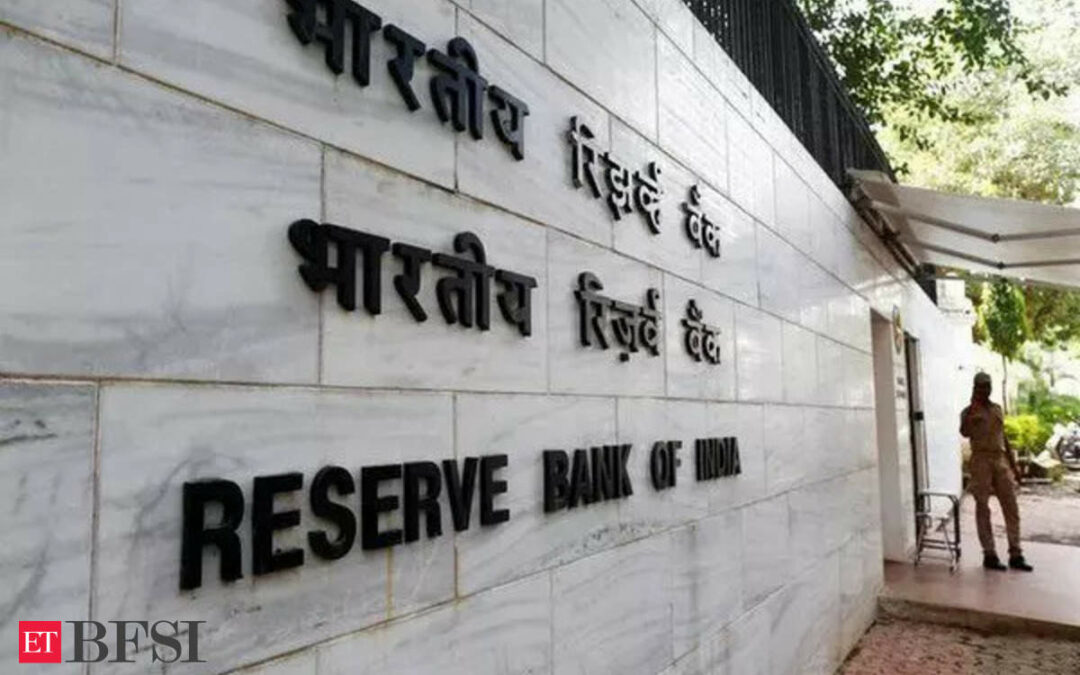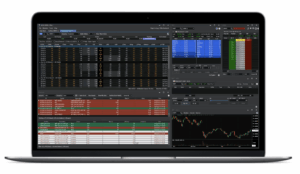The Reserve Bank of India has warned of asset price bubbles while explaining why it went for an incremental cash reserve ratio (I-CRR).
In its State of the Economy report, it said that the recent developments, including the return of Rs 2,000 banknotes overwhelmingly in the form of deposits, have expanded liquidity disproportionately.
“This has caused some dissonance with the disinflationary stance of monetary policy, while impeding transmission of policy impulses across the term structure of interest rates. The slosh of liquidity also has implications for financial stability in the form of potential asset price bubbles and weakening of lending standards. As the banking system engages in absorbing this excess liquidity into prudent credit expansion, it is necessary to temporarily pre-empt the surplus liquidity from getting into the cracks,” the report said.
The I-CRR move
Accordingly, the RBI announced an I-CRR of 10 per cent on the increase in their net demand and time liabilities (NDTL) between May 19, 2023 and July 28, 2023.
It would impound some of the surplus while leaving adequate liquidity in the system for normal banking business, it said.
“The operative term is ‘temporary’ – the intent is to return the impounded funds ahead of advance tax outflows from the banking system and well before the pick-up in the demand for bank credit that typically characterises the second half of the year,” the RBI report said.
The stance of monetary policy is best described in the Governor’s monetary policy statement: “In charting the course of monetary policy, we continuously assess the impact of our past actions, the evolving inflation dynamics and the implications of incoming data for the economic outlook. I reiterate our commitment to align CPI inflation to the 4 per cent target on a durable basis. We do look through idiosyncratic shocks, but if such idiosyncrasies show signs of persistence, we have to act.”










